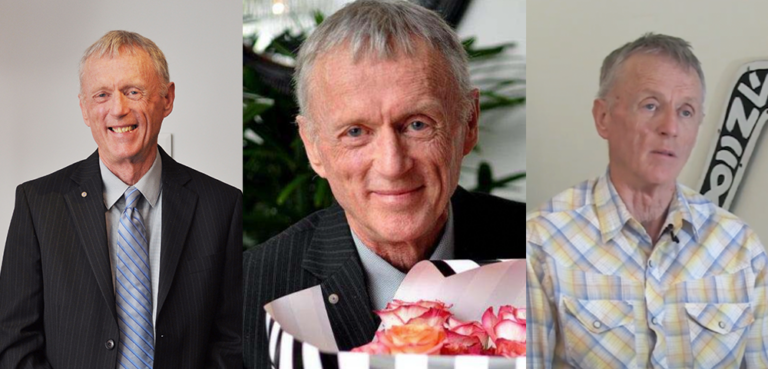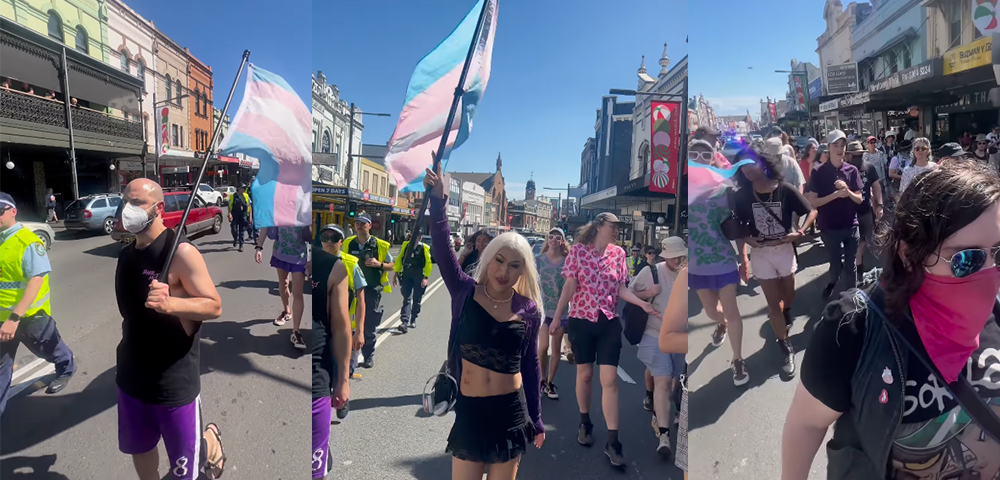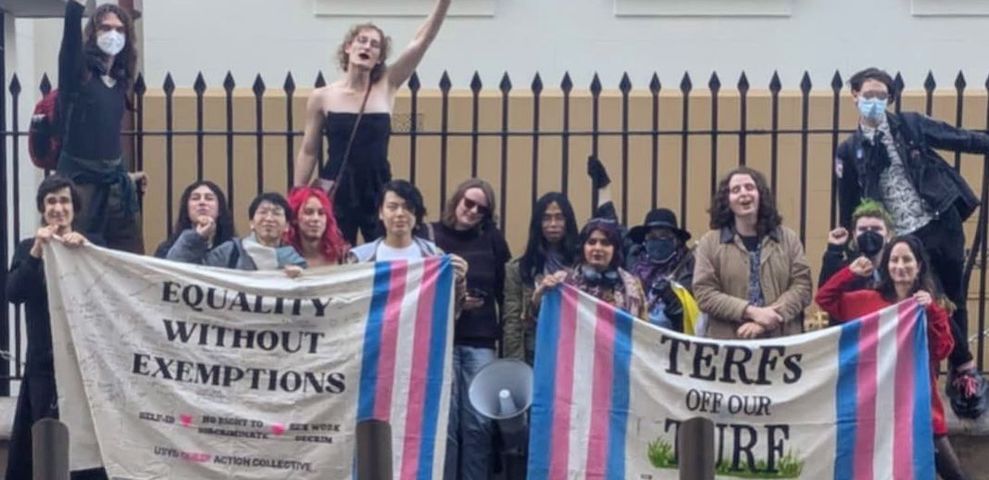
Queensland too slow on HIV
Queensland health agencies have been accused of losing focus on HIV/AIDS following a sharp rise in new infections.
Notifications of HIV infections in Queensland rose by 20 percent in 2004, with a total of 136 people diagnosed as HIV-positive, according to figures released last week.
The figures represent a 40 percent increase in infections since 2001 and, observers say, highlight Queensland’s ineffective response to HIV over the last few years.
In 2003, after significant increases in infections were recorded, Queensland Health chose to put its HIV/AIDS program out to tender rather than mount a widespread awareness campaign, Don Baxter, executive director of the Australian Federation of AIDS organisations, told Sydney Star Observer.
That decision played a role in the HIV rises, Baxter said.
Instead of putting in a vigorous planning exercise like NSW did -¦ [Queensland] went ahead with its tendering process for the whole HIV program.
This 15-month process preoccupied and distracted the Health Department and the HIV agencies from focusing on the rise in infections in 2003 and 2004.
It completely disrupted people’s focus on the rises because they were wondering if they were going to have a job.
Paul Martin, general manager of Queensland AIDS Council (QuAC), said an increase in unsafe sex and more sexually transmissible infections -“ which facilitate HIV transmission -“ were key contributors to the HIV rises.
But he conceded the implementation of the tender system disrupted the state’s HIV/AIDS programs.
It’s certainly the view of QuAC that the tender process caused a disruption to HIV services and HIV planning across the state, at a time when our full attention needed to be on a response to the rises in HIV, Martin told the Star.
Whether you can draw a direct link to the rises, I’m not entirely sure, but I do think it’s a contributing factor.
Martin also said Queensland had yet to implement a high-level HIV awareness campaign.
But Queensland Health defended its handling of HIV increases.
A spokesperson said the tendering process made for more well-defined and comprehensive HIV programs and services.
A detailed HIV action plan was developed in 2003, and a new Queensland HIV strategy was nearing completion, the spokesperson said. The state’s last HIV/AIDS strategy ended in 2002.









